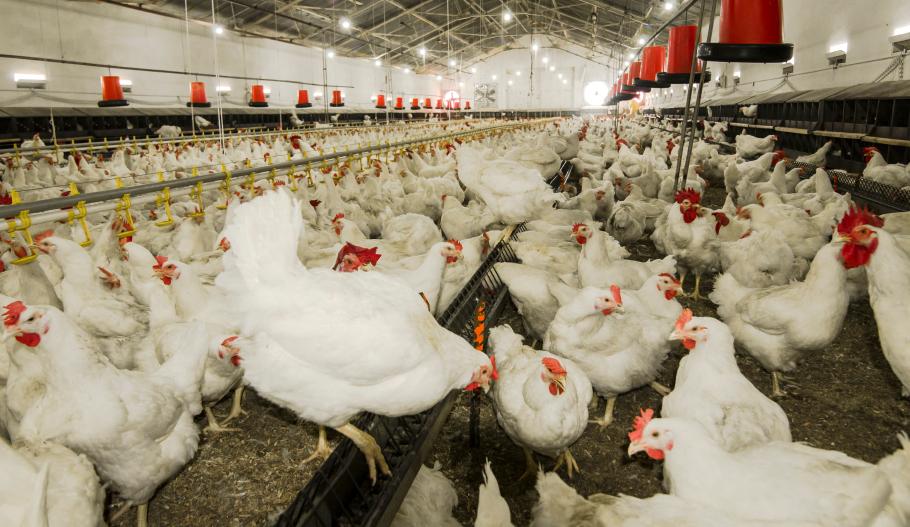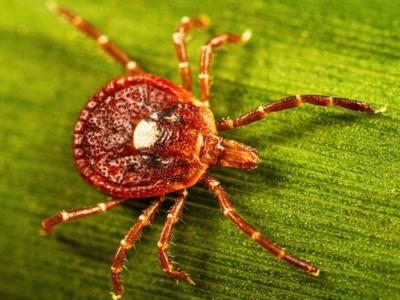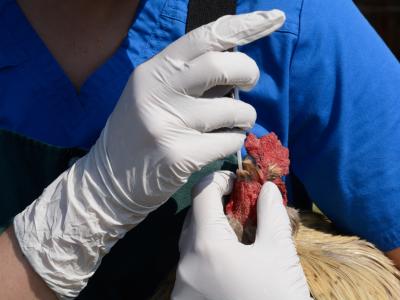
Today the US Department of Agriculture's Animal and Plant Health Inspection Service (APHIS) reported four more highly pathogenic avian flu outbreaks on Indiana poultry operations. Indiana is currently the epicenter of avian flu activity.
A commercial duck breeder in Elkhart County reported the virus was detected in an operation with 5,000 birds. And LaGrange County reported that another affected commercial duck meat facility with 5,500 birds was hit.
Also in LaGrange County, two poultry farms with 28,300 and 8,700 birds, respectively, had confirmed outbreaks.
Hundreds of wild birds test positive
Over the past week there have been hundreds of detections in US wild birds per APHIS updates. In Grant County, Washington, American wigeons and mallards that had been hunter harvested have been affected. And in Indiana dozens of hunter-harvested wild birds in Greene, LaPorte, and Newton counties tested positive for avian flu virus.
H5N1 avian flu activity is currently high, as wild birds spread the virus during their migration. Over the past 30 days, 88 flocks (38 commercial and 50 backyard) have been confirmed to be hit by avian flu outbreaks, and 1.88 million birds have been affected.











